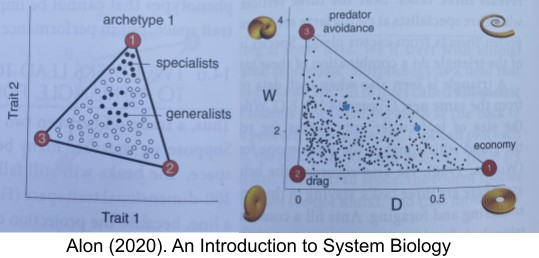AI
- Gemini will be released in December 2023, with ~5x more compute than GPT-4.
- As they learn about their conversational partners, LLMs sometimes repeat back what they take to be a preferred answer (aka sycophancy). This includes preferentially giving inaccurate answers to less educated conversants. Short dialogs make it difficult to build a detailed model of the interlocutor, but dialog length is trending up. Discussed more here.

- What will GPT-2030 look like? “GPT2030’s copies can share knowledge due to having identical model weights, allowing for rapid parallel learning: I estimate 2,500 human-equivalent years of learning in 1 day. This would create serious vectors for misuse. Its rapid parallel learning could be turned towards human behavior and thus used to manipulate and misinform with the benefit of thousands of “years” of practice.”
Biology
- Although many biomolecules exist in distinct mirror-image forms, life tends to use just one of those forms exclusively. Homochirality is one of the most interesting clues about the origins of life. Geomagnetism may explain it.
- If you take physical attributes of a mollusk (like radius growth rate W and ratio between inner and outer shell radii D), and plot various species in this 2D trait space. They often reside on a polytope! Each vertex in the polytope is an archetype for a particular task. In Pareto task inference, you can reverse engineer the task by examining the specialists who reside near the archetype. Mollusks, for example, trade-off between three tasks: predator avoidance, low drag, and energy efficiency. In fact, during the P/T extinction event, only certain species survived – but as they recovered and diversified, their fossils reconstituted the entire polytope.
- Modularity is a central organizing principle in biology. But non-modular solutions are the norm in many computer simulations of natural selection. Modularity can be recovered when you account for modularly varying goals (MVGs): goals retain a shared substructure. Each module learns a subtask which remain useful even after the goals change.
Physics
- We have two ways of measuring the expansion rate of the Universe: from the CMB, and from supernovas. These measurements disagree: this is the Hubble tension. Physicists have recently devised a third way to measure the Hubble constant: using cosmic voids. Their results align more closely with the CMB measurement.
- Where did supermassive black holes (SMBHs) come from? Very large SMBH from 0.7 by after the Big Bang have been found by JWST. It is difficult to explain their size, because black hole normally do not exceed the Eddington Limit on growth. Two competing theories to resolve the paradox: super-Eddington accretion of light seeds, or a “heavy seed”.

- One possible resolution might lie in dark stars: stars that burn not by fusion, but with annihilation of dark matter particles. These stars would have comparable luminosity to entire galaxies. Some research groups have identified dark star candidates. If they exist, they might be the “heavy seeds” needed for early SMBHs.
Until next time!

